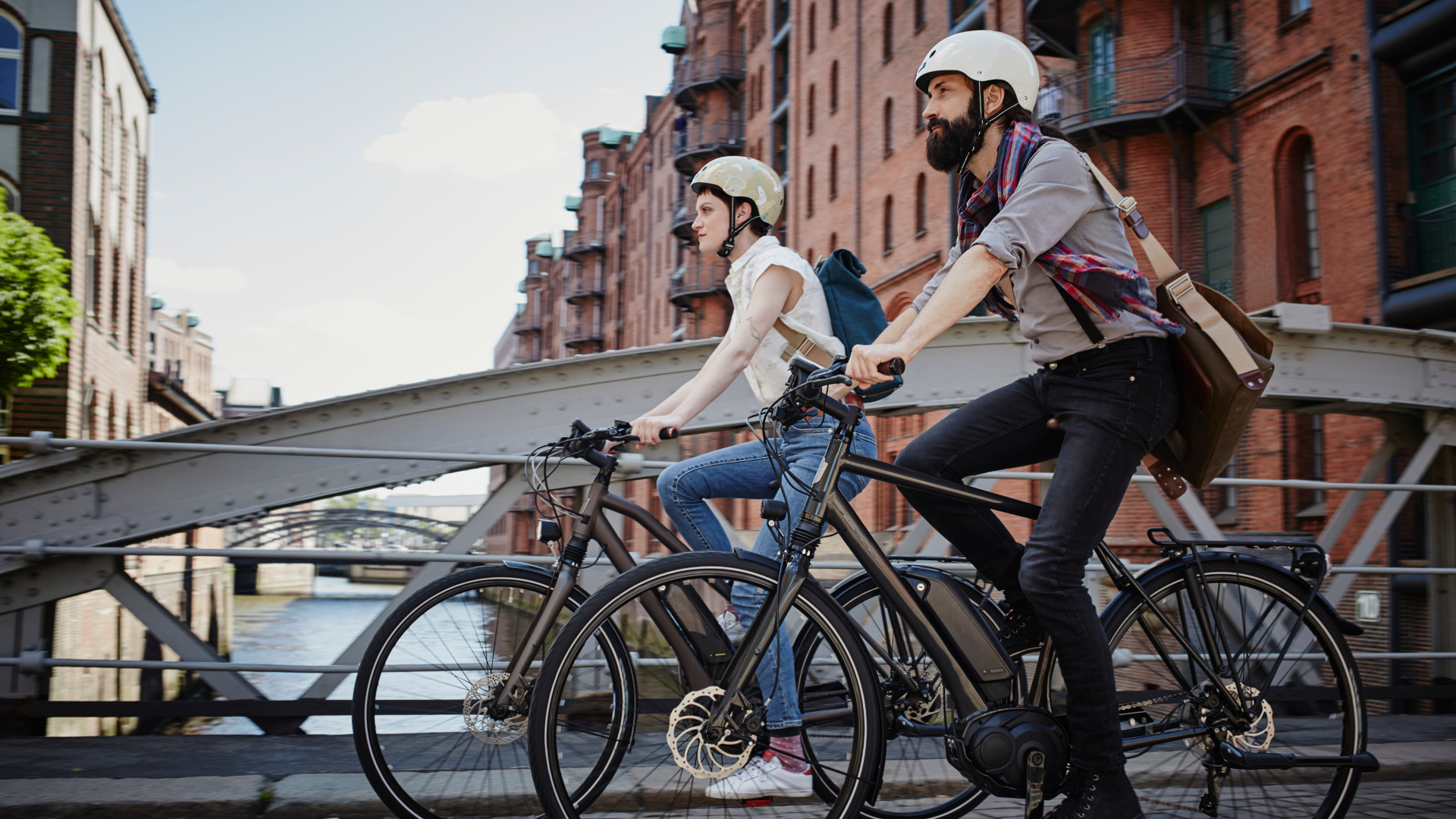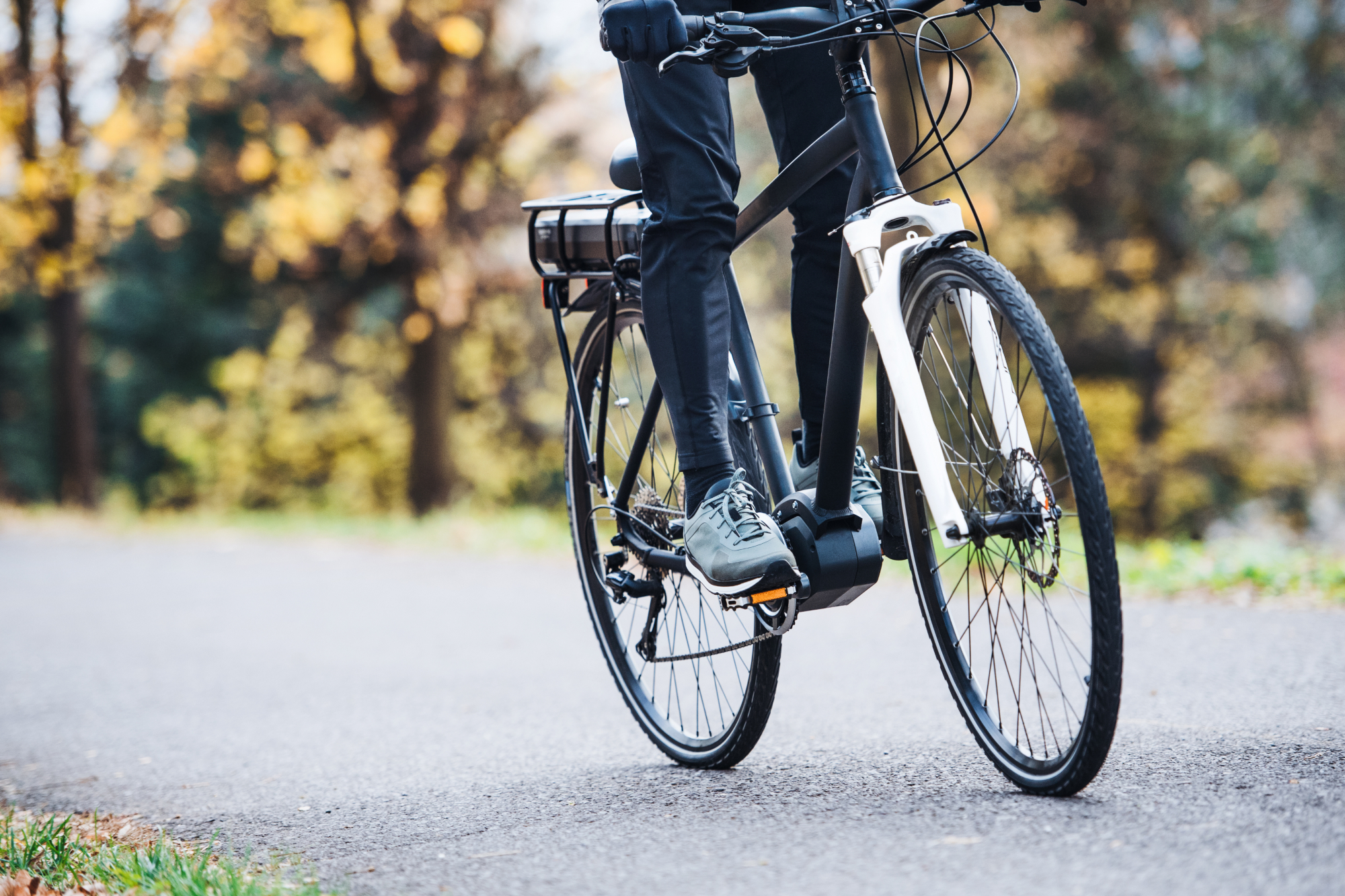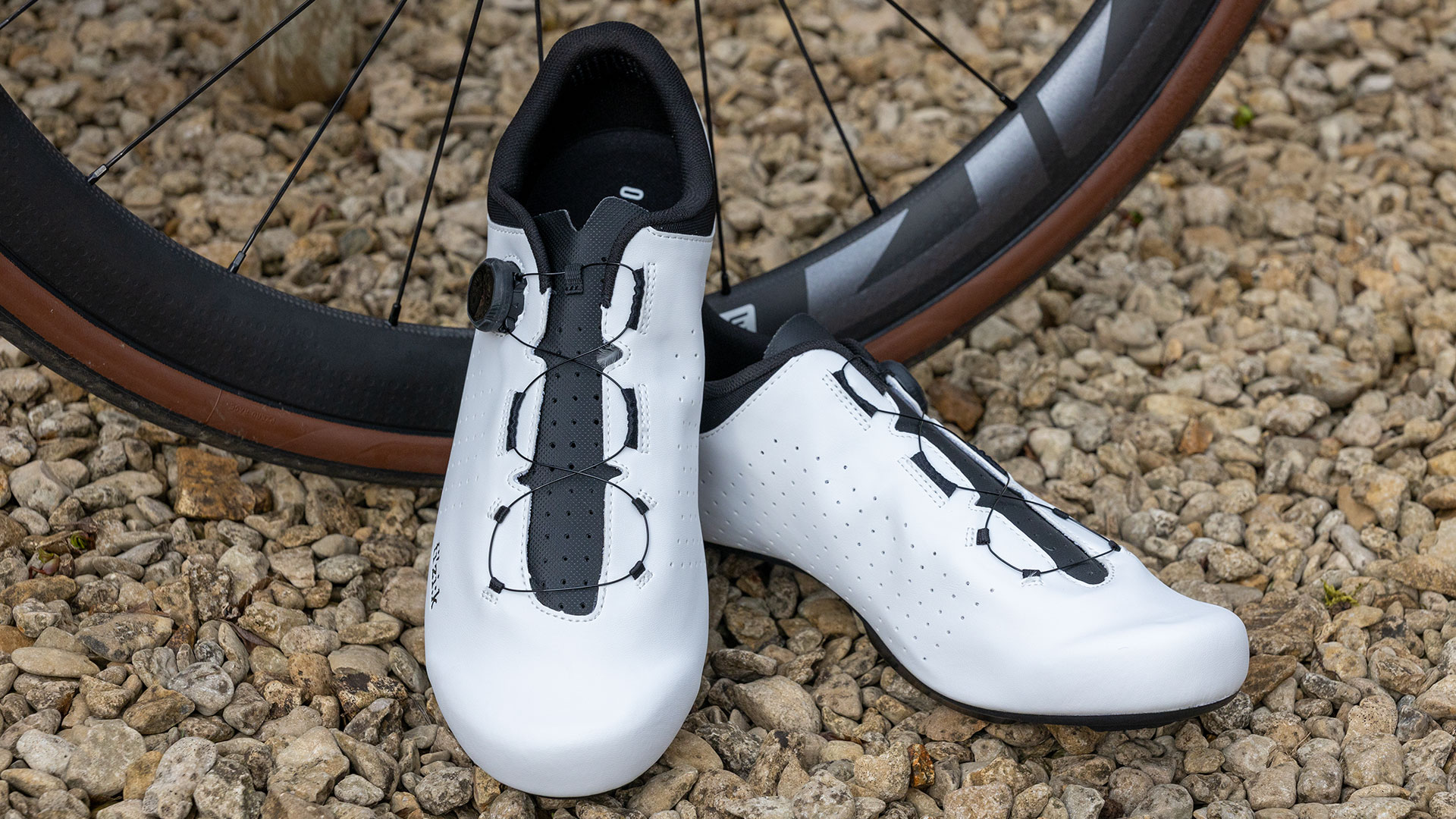Study shows e-bike riders exercise less than conventional bike users – but there’s more to it than that
It would be naive to conclude that conventional bikes are therefore better than e-bikes, here’s why…


In a paper that could stand to reinforce certain stereotypes and preconceptions about users of e-bikes, German researchers have found that people riding e-bikes are 44 per cent less likely to hit their exercise targets compared to those on conventional bikes.
The study found that those on traditional bikes would ride an average of six times a week and rack up over 150 minutes of moderate to vigorous physical activity.
This contrasts with an average of only four rides a week and a total of 80 activity minutes for the e-biker group. So in answer to the question, 'how much exercise do you get on an e-bike?', it seems not enough.
What’s more, the participants in the e-biker group reporting nearly 50 per cent more road traffic accidents than those riding conventional bikes, with Boeck and colleagues commenting: “Since an electrical assisted bicycle usually goes faster and weighs about 30 to 50 per cent more than a conventional bicycles, it could be postulated that its handling is more difficult, and [therefore] accidents are more likely to occur.”
Not so rosey for e-bikes it seems, but is that just the way the study has been set up?

Stepping away from the attention grabbing numbers and quotes, things aren’t quite so black and white and there is some nuance to consider – the outlook for e-bikes is actually rather better than it might look!
As a quick first clarification, the proportion of reported accidents was about six cases in every 100 for e-bikes and about four cases in every 100 for conventional cyclists – so proportionally it’s a large increase, but it’s starting from a low number in the first place.
Get The Leadout Newsletter
The latest race content, interviews, features, reviews and expert buying guides, direct to your inbox!
Also, the report on “road traffic accidents” included accidents “without opponent” – which accounted for nearly 70% of the total reported incidents. The number of accidents involving cars, pedestrians, other bicycles and so on, were much, much smaller proportions in contrast.
So let’s quickly back up to how this study was set up. The cyclists involved self-selected themselves by registering for the study over the “phone, email or on the study website.” Of the 2,370 volunteers, “464 could not be included as they did not meet the inclusion/exclusion criteria or did not sign written consent.”
This left 1,250 e-bike riders to be compared against 629 conventional bike riders over a four week period. All riders were asked to use a smartwatch activity tracker, recording their riding time, distance travelled and heart rate.
Although “competitive cyclists” were excluded from the study, it was still noted that the e-bike group was, on average, older and had a higher body mass index.
The distribution of gender and net income was actually quite similar between the e-biker and conventional cyclist group – although no surprise that there were more in the top income band than lowest, and that there were approximately two men for every woman.
Personally, I wouldn’t be surprised if an analysis comparing those of whom have their handlebars set lower than their saddles rode more regularly and at a higher intensity than those who have their handlebars higher than their saddles. Not because bar position has such a direct training effect – but because those who have trained themselves to cope with a more aggressive position are those who just train more in general.
Indeed, Boeck et al go on to write: “The participant characteristics of our cohort suggest that e-biking is of interest, particularly for those who will benefit the most for health-related fitness—namely, older users, overweight and obese individuals or those with health related limitations and fewer exercise activities.”
I.e. a group of people that isn’t so likely to be pushing their limits of physical endurance as far as those who have decided to buy and ride a conventional bike.
“Indeed, stated purchase motives indicate that e-bikers appreciate the ease of use and comfort of e-bikes and the opportunity to increase their health and fitness, which confirms previous findings that e-biking provides the option to continue cycling despite physical limitations and has the potential to maintain physical activity and fitness.”
So, the part of the conclusion that observes “e-bike use is associated with a lower probability of reaching WHO targets for moderate-to-vigorous physical activity than bicycle use,” is rightly qualified with the point that: “the increasing attractiveness and popularity of e-bikes might facilitate recreational cycling and active commuting, particularly for those who are limited by age- or illness-associated constrictions and who otherwise would not opt to use a bicycle.”
Essentially, if you’re thinking of investing in one of the best electric bikes to get out of putting in the effort that a conventional bike requires, then of course you are going to end up less fit. But for the section of the community that would not otherwise be getting around through active travel were it not for e-bikes – the e-bike is going to be a greater boost to fitness than the alternative of just not cycling at all.

Thank you for reading 20 articles this month* Join now for unlimited access
Enjoy your first month for just £1 / $1 / €1
*Read 5 free articles per month without a subscription

Join now for unlimited access
Try first month for just £1 / $1 / €1

I’ve been hooked on bikes ever since the age of 12 and my first lap of the Hillingdon Cycle Circuit in the bright yellow kit of the Hillingdon Slipstreamers. For a time, my cycling life centred around racing road and track.
But that’s since broadened to include multiday two-wheeled, one-sleeping-bag adventures over whatever terrain I happen to meet - with a two-week bikepacking trip from Budapest into the mountains of Slovakia being just the latest.
I still enjoy lining up on a start line, though, racing the British Gravel Championships and finding myself on the podium at the enduro-style gravel event, Gritfest in 2022.
Height: 177cm
Weight: 60–63kg
-
 Man hands himself in to Belgian police after throwing full water bottle at Mathieu van der Poel during Paris-Roubaix
Man hands himself in to Belgian police after throwing full water bottle at Mathieu van der Poel during Paris-Roubaix30-year-old was on Templeuve-en-Pévèle cobbled sector when television pictures showed the bottle hitting him in the face
By Tom Thewlis Published
-
 Fizik Vento Omna Wide shoe review: Yeti sneakers for those pedalling on a budget
Fizik Vento Omna Wide shoe review: Yeti sneakers for those pedalling on a budgetBroadly recommended for those of us with flipper feet
By Simon Fellows Published